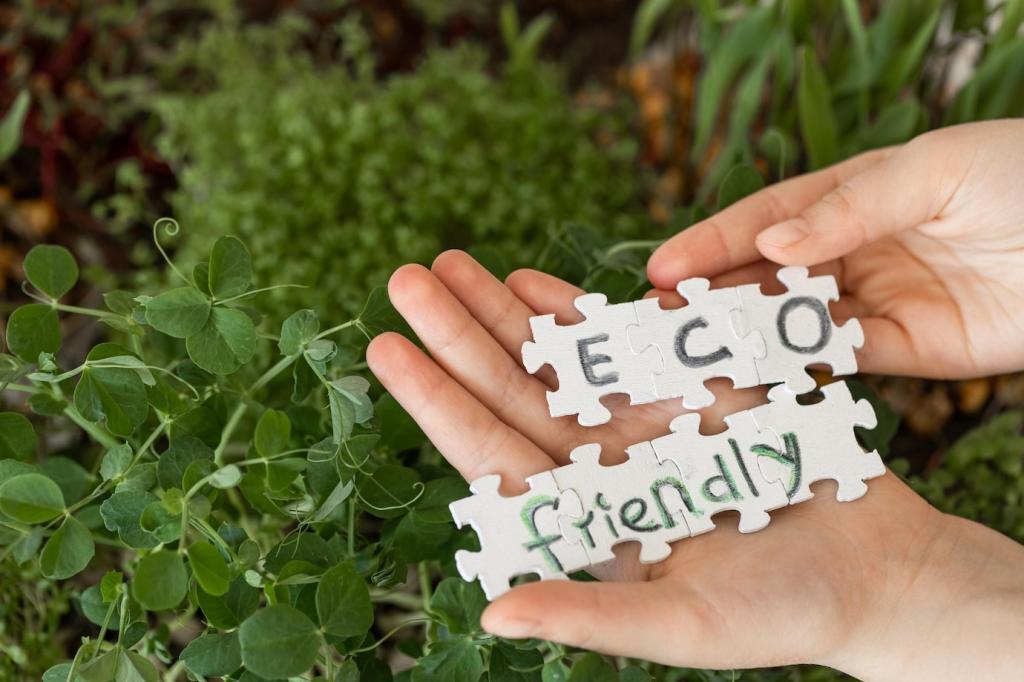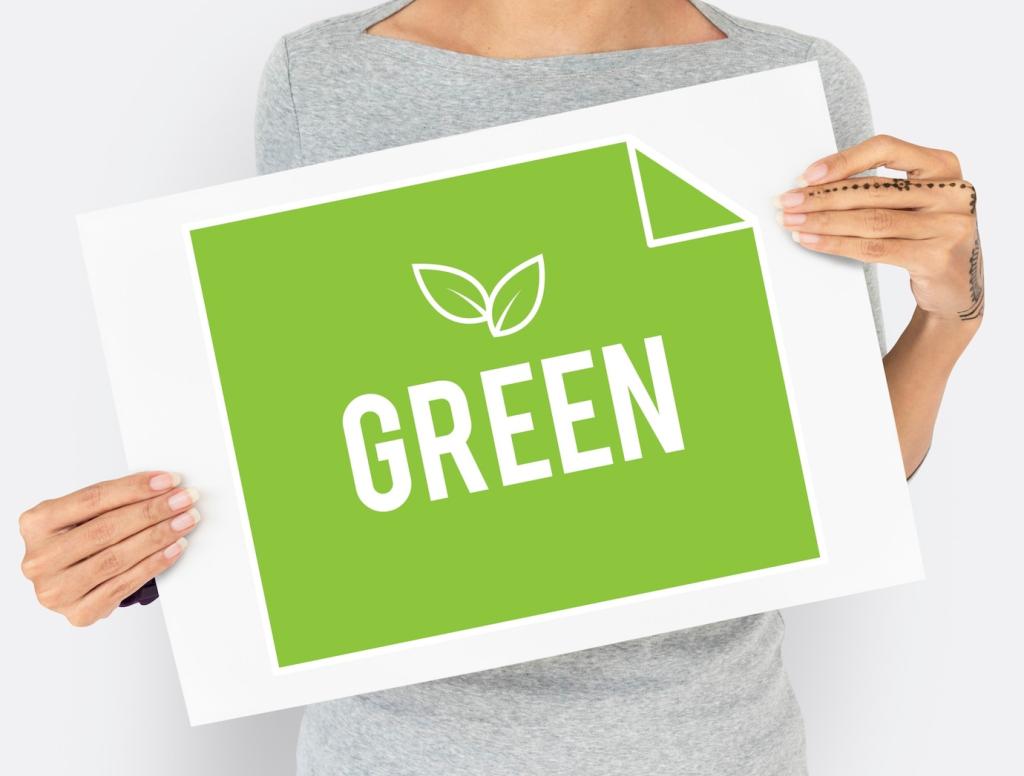Engaging Audiences with Environmental Copy
Sketch real readers: the college student worried about food waste, the new parent measuring air quality, the retiree tending a drought-stricken garden. Give each a name, a day-in-the-life, and specific media habits so your environmental copy speaks directly to lived experience.

Storytelling That Moves People, Not Just Minds
Cast the reader or community as the hero, not the brand. Present a relatable challenge—heatwaves, flooding, rising bills—then a guide, a plan, and a meaningful reward. Environmental copy that frames progress as a journey invites readers to take the next step today.


Storytelling That Moves People, Not Just Minds
Pair credible facts—like local emissions trends or utility savings—with a neighbor’s voice, a teacher’s classroom garden, or a fisherman’s changing season. Emotional texture plus transparent numbers makes environmental messages feel truthful, grounded, and worth resharing with friends and family.
Acknowledge the seriousness—without paralyzing people. Pair every urgent fact with a doable action and a reason it matters now. Environmental copy that offers agency turns anxiety into momentum, showing readers that small steps can accumulate into visible, collective change.
Tone, Voice, and Word Choice That Earn Trust
Skip exaggerated claims and empty superlatives. Replace vague promises with specific, verifiable outcomes and timelines. Honest limits and clear next steps build credibility. In environmental messaging, accuracy and humility are not just ethical; they are the shortest route to lasting trust.
Tone, Voice, and Word Choice That Earn Trust
Calls to Action That Spark Sustainable Habits
Design micro-commitments
Start with a thirty-second pledge, a two-minute audit, or a one-click reminder. Behavioral science shows small wins increase follow-through. Environmental CTAs that shrink the first step make the second and third steps feel natural, even inevitable, for busy audiences.
Make the social norm visible
People look to peers. Show how many neighbors switched to refill stations or joined a tree-planting event. Spotlight names, faces, and progress bars. Environmental copy that highlights community momentum helps hesitant readers feel safe joining a growing movement.
Create time-bound challenges and rituals
Frame actions as communal rituals: Meatless Mondays, Car-Free Fridays, Fifteen-Minute Fix sessions. Add a calendar invite, reminder texts, and a celebratory wrap-up post. Time-bound structures help environmental habits stick and give readers a reason to invite friends.
Proof, Transparency, and Credibility
Cite sources your audience respects
Reference institutions, community groups, and local experts your readers already trust. Link to primary data when possible. Clear, contextual citations help environmental copy feel solid and sharable, reducing uncertainty that often stalls otherwise willing audiences from taking action.
Show impact with simple visuals
Turn kilowatt-hours into coffee brews, gallons into shower minutes, and emissions into neighborhood road trips saved. A single clean chart, captioned plainly, can outperform paragraphs. Visual clarity helps environmental benefits click instantly and encourages readers to pass them along.
Own the trade-offs
Be honest about costs, limits, and learning curves. Explain why a product lasts longer, how shipping is offset, or where improvements are underway. Transparent environmental copy diffuses skepticism and invites readers to participate in an evolving, good-faith effort.
Social hooks that stop the scroll
Lead with a vivid image or a one-sentence promise: “Cut your shower emissions in half in fifteen minutes.” Follow with a short story, a single stat, and a tap-ready action. Environmental posts should reward curiosity within seconds.
Emails that educate and convert
Use clear subject lines, scannable sections, and a single CTA. Stack value: a tip, a tool, a story. Over time, sequence emails that build from awareness to habit, making environmental change feel like a friendly ongoing conversation.
Landing pages with clear, compassionate flow
Start with a human benefit headline, then proof, then the minimal form. Remove distractions. Add an FAQ that reduces friction. Environmental landing pages that respect time and attention convert better—and leave readers feeling appreciated, not pressured.
Test, Learn, and Iterate
Track not just clicks, but saves, replies, and repeat actions that signal habit formation. Define success metrics per channel. Environmental engagement is a marathon; meaningful measures show whether behavior change is truly taking root.

